


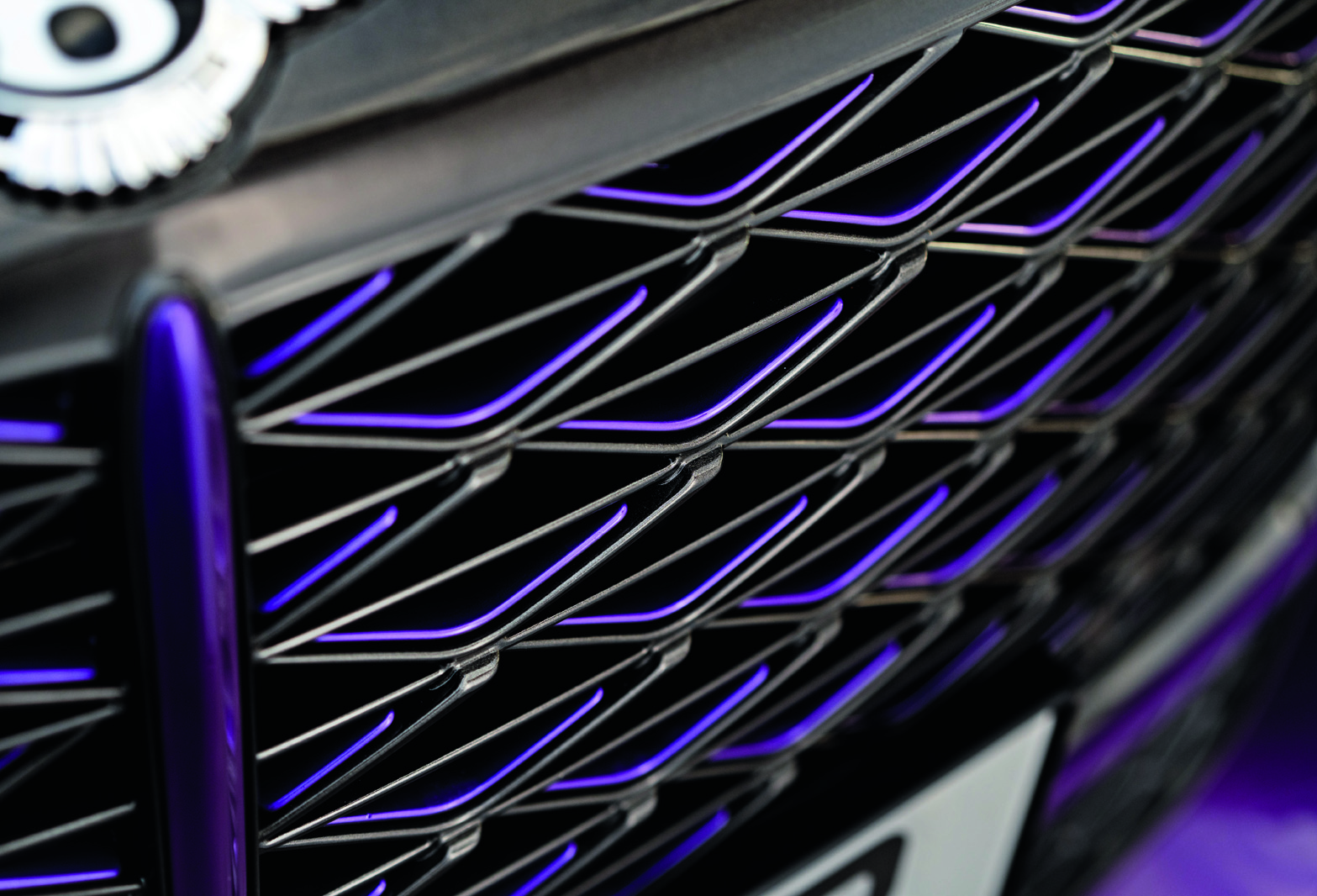
When we tested the Batur, there were only two in existence, both of them working prototypes of a limited-edition Continental GT Speed-based coupé that signallled the future of Bentley design, the end of the W12 engine, and the pinnacle of the bespoke coachbuilding programme that Mulliner offers. The programme was launched with the Bacalar in 2021; this Batur is the follow-up.
Bentley says there are three things to note about the Batur's design: the ‘resting beast mode’ stance, like a lion sitting down, around the rear haunches; an ‘expression of strength’, or the upright grille, like a horse’s chest; and an ‘endless bonnet’ (this all works better when you can see the PowerPoint), which is why you’ll note the Batur’s side-profile bonnet line smoothly extending to the rear window, to accentuate what’s under the hood, to which we will come.
Ultimately, it’s meant to be reminiscent of the 1950s R Type Continental, arguably Bentley’s, and one of the world’s, most beautiful cars.
Is this one too? I'm not so convinced but also don’t think that’s surprising. Onto a current mechanical architecture has come a body that’s wilfully different from that of the latest Continental GT and is “a chance to see our future design language”, according to Paul Williams, Bentley’s chief technical officer for Mulliner and motorsport.
Yet it still must use the same hard points, windscreen, header rail and A-pillar uppers and can’t be so far removed from the existing car that it gets physically crash-tested. All Baturs will be individual vehicle approval-registered in the UK before they go anywhere else, and they can only be shipped to and used in the US under Show or Display regulations.
In terms of future design cues, I’d look at the headlights and grille. I’ve a hunch – it’s only that – that this is as extreme as it will get. “We don’t do jarring or super-aggressive,” adds Williams.
The Batur’s bonnet, endless or not, hides the company’s W12 petrol engine, all 6.0 litres and twin turbochargers of it, uprated for the last time. Bentley has announced the engine will be withdrawn next year, even though it still meets regulatory standards and Bentley is meeting its own obligations. It just suits the company to park it as it heads to being fully electric by 2030.
The W12 is a compact, complicated and powerful technical marvel. To send it off, the Batur is the most powerful Bentley yet. A new turbocharger compressor wheel and scroll, 33% bigger intake pipe and 35% better intercooler capacity mean it has 740bhp at 5500rpm and 738lb ft (the latter a nice round 1000Nm, and in truth actually a little more besides), from 1750rpm to 5000rpm.
It drives through the Continental GT Speed’s regular eight-speed dual-clutch automatic gearbox, with active rear-wheel steer and an electronic limited-slip differential, to a marginally adjusted chassis.
The carbonfibre body only reduces the kerb weight by 40kg, to make it 2233kg. The extra poke reduces the 0-60mph time by 0.2sec to “under 3.3sec” (0-62mph is 3.4sec) and increases the top speed to 209mph. And to befit the increase in performance and drama, the car defaults to Sport mode when you fire it up.
I’m told you shouldn’t think, though, that all this is at the expense of refinement, which is something of a Bentley speciality, after all. Bentley might just give its cars the broadest remit of anyone: be refined, be rewarding to drive and, oh, do 209mph, won’t you?
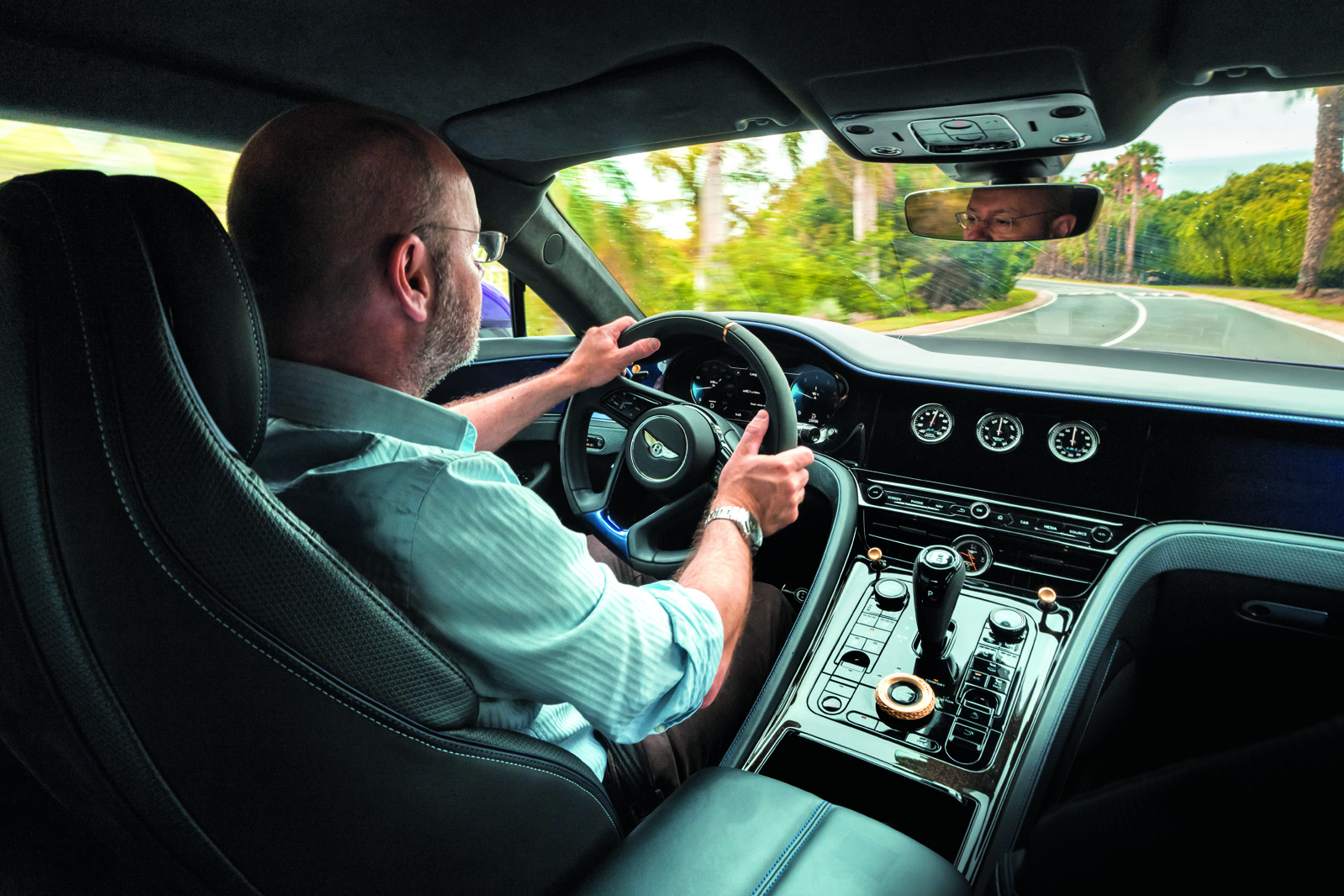
Bentley says the hand-built nature of the Batur gives refinement advantages. A craftsperson able to take their time to fit seals accurately can make Batur quieter even than the standard car, they reckon.
Inside, there’s some immediate familiarity to the Batur because it retains the dash-top, gently rotating tri-faced display panel and most switches from the regular GT.
Elsewhere, though, little is left unchanged – the instrument design, door cards, seats, some significant switches, which can be 3D-printed if you prefer. The rear +2 seats have become a storage shelf, while the body means the boot has a compact lid, although it’s quite deep and wide inside. Tailored luggage is available. Of course.
The Batur is absent from the Bentley’s online configurator, so you will either go to the factory for a chat about it, or they will send a designer to you. What’s unusual is how 3D printing allows you to tweak the interior switches. One of the two prototypes has gold ‘organ stop’ vent controls, the other an experiment in machined titanium – its edges are a little too sharp at the moment, as prickly as grabbing a gooseberry.
There’s more personalisation than ever for surface materials, too: ask nicely and they will go out the back to the veneer store, where the rare woods are kept. At times there won’t be enough for a full production run, but they can usually scrape off enough for one or two cars.
It’s tempting to think this level of detail, rather than the engineering programme, is where your money goes, but I suspect a few quid has been spent there too. The new engine calibration will have been durability tested somewhere hot and somewhere cold; leather surfaces need to be baked in sunlight and used to see how they age.
This sort of thing is happening in our test cars, one of which has done 20,000 miles already. It’s why I’m surprised by how together they feel, but also why in one there’s an emergency electrical cut-off switch in a cupholder.
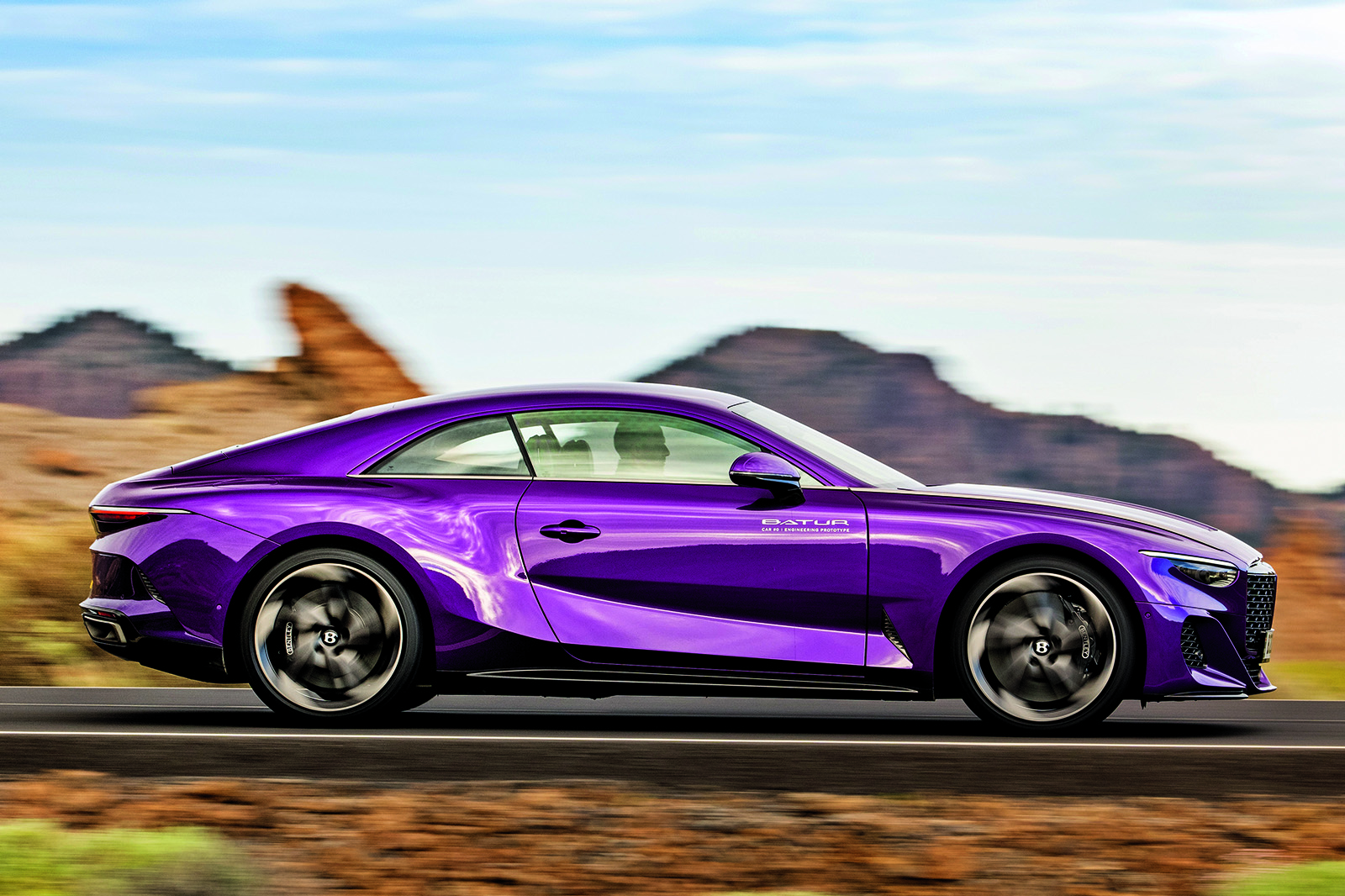
The engine remains a subtle companion, woofling gently on idle and allowed to burble and pop in only slightly unruly fashion on the overrun, then growling slightly gruffly when you ask it for everything it has.
It’s all done by 6000rpm, but its response is powerful and boosty and addictive. If you’re asking me whether I still prefer the V8, then today I am disinclined to make the comparison.
And, yes, to my ears it feels just as quiet and refined as a conventional Continental GT – which is not always the case with a limited-run production car, and especially one in prototype form.
The Batur feels much like a Continental GT Speed on the move. Blindfolded – not that I’d recommend it in a two-million-quid car on roads with volcanic rocks to either side – an owner would know what this was.
This generation of Continental GT, even with the considerable weight of a W12, is way more agile and rear-biased than previous Continentals, and all of that character has been retained here.
I wouldn’t like to say what losing only the weight of a sheep has had, specifically, but it feels like an agile Continental to me – which means it can turn in at speeds you wouldn’t necessarily expect it to, with the active rear steer helping it ease into a turn, and even during normal, sensible road driving it can feel like it’s diverting to the rear to help straighten the car on a corner’s exit.
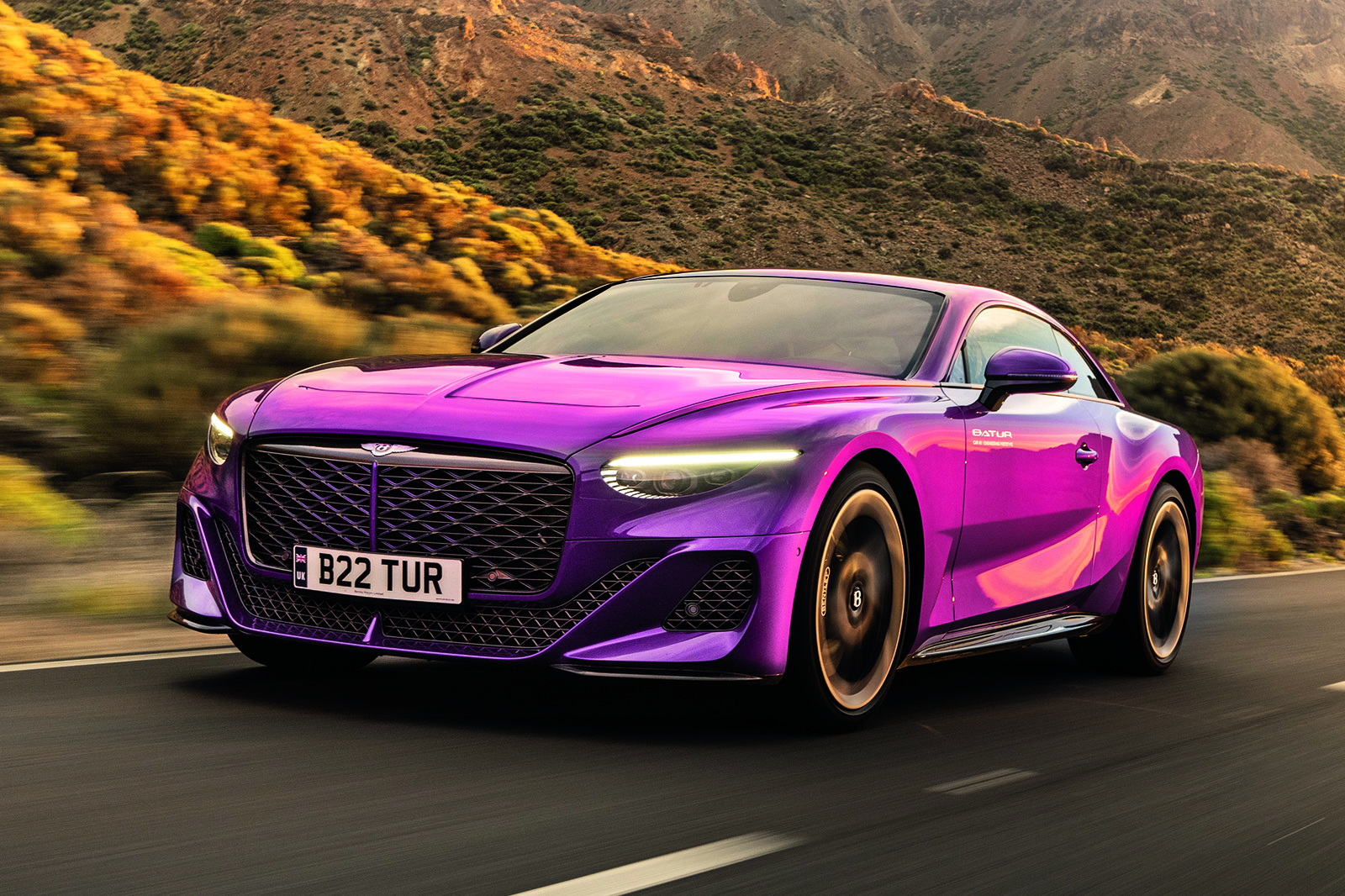
Let's not get dwell on this section. If you're laying out £2m for a special car, it doesn't matter.
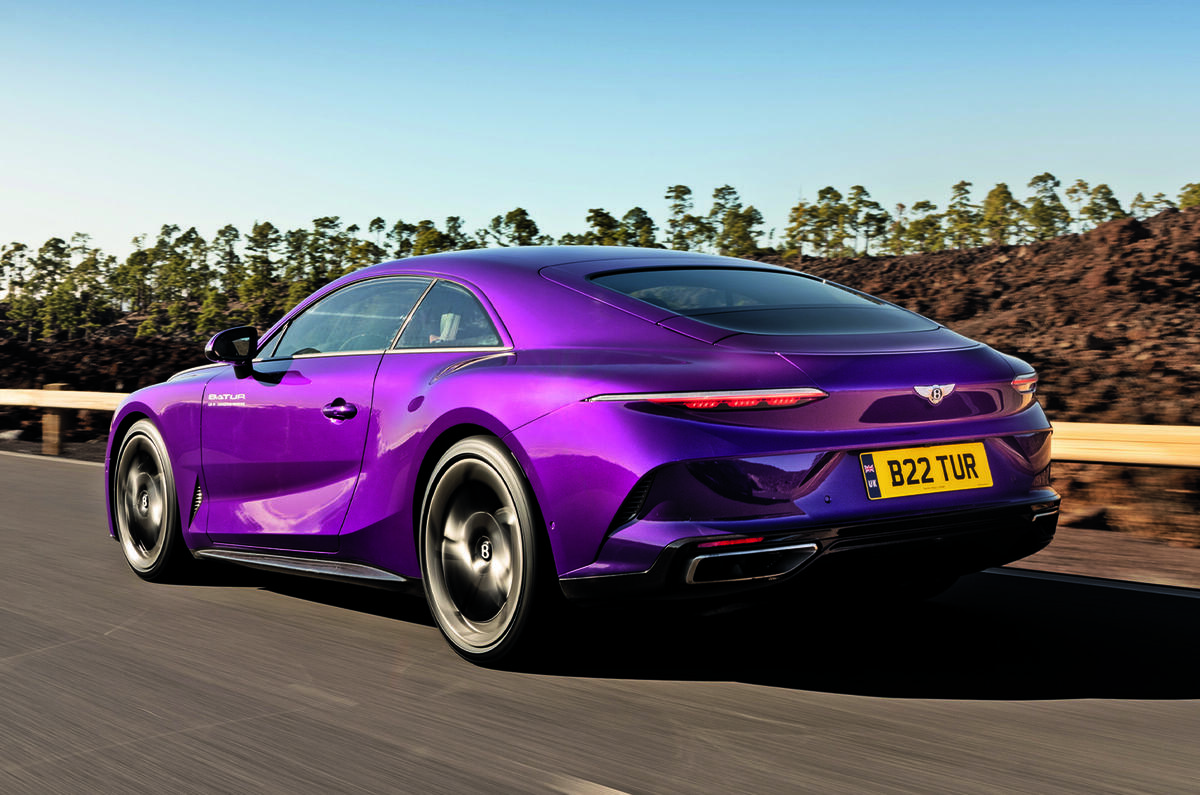

I can’t think of another example of a limited-edition vehicle that feels so refined and so luxurious as the Batur. The usual focus – McLaren, Ferrari, Porsche, others – is on opening up the sporting side of things, and to hell with the comfort.
In the Batur’s form you have a car that is as rare as those – a car you can take to Monaco or Monterey and be the only one there – but still slink into silken comfort as soon as the show is over.
I find something particularly compelling about that and, in a weird way, find it reassuring that while some car makers struggle to find buyers for extreme hypercars, luxury is sufficiently valued that all Baturs are sold.
